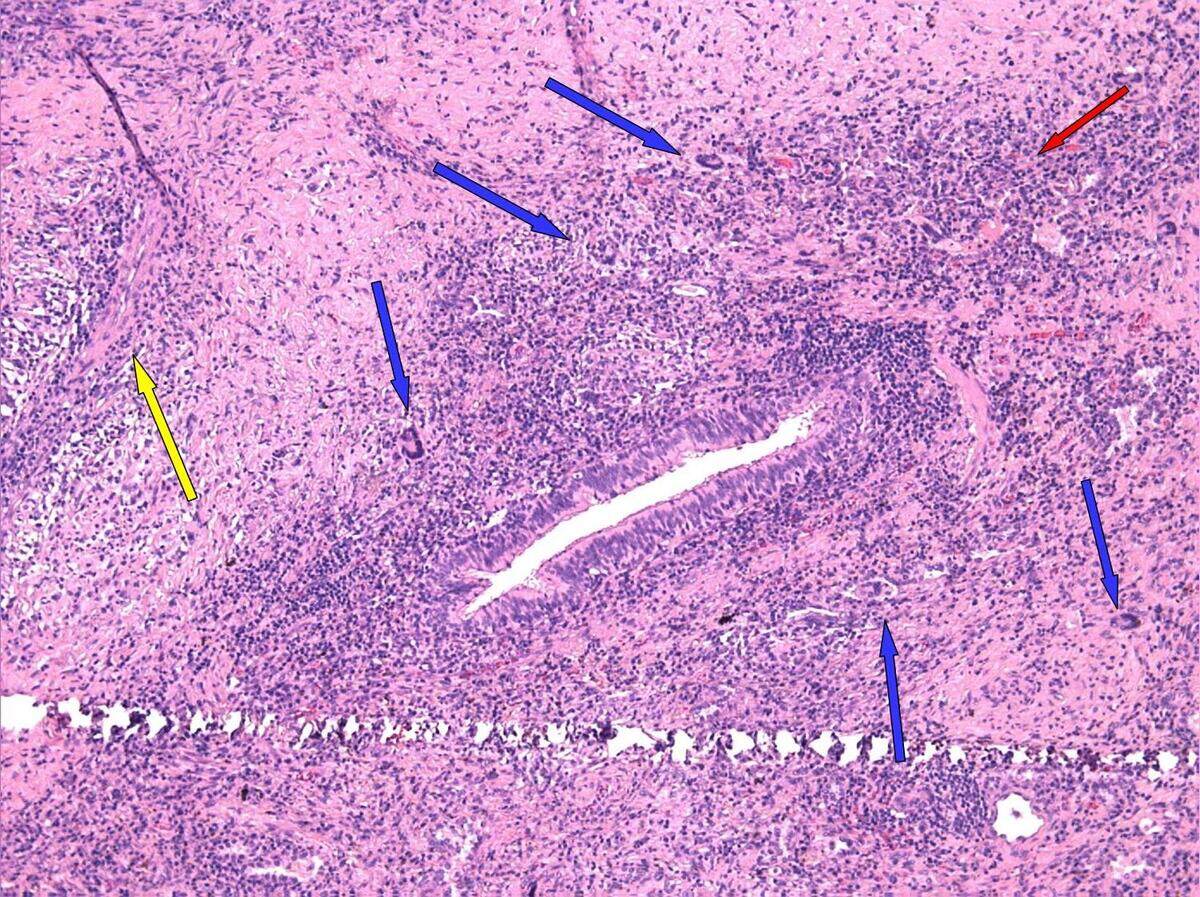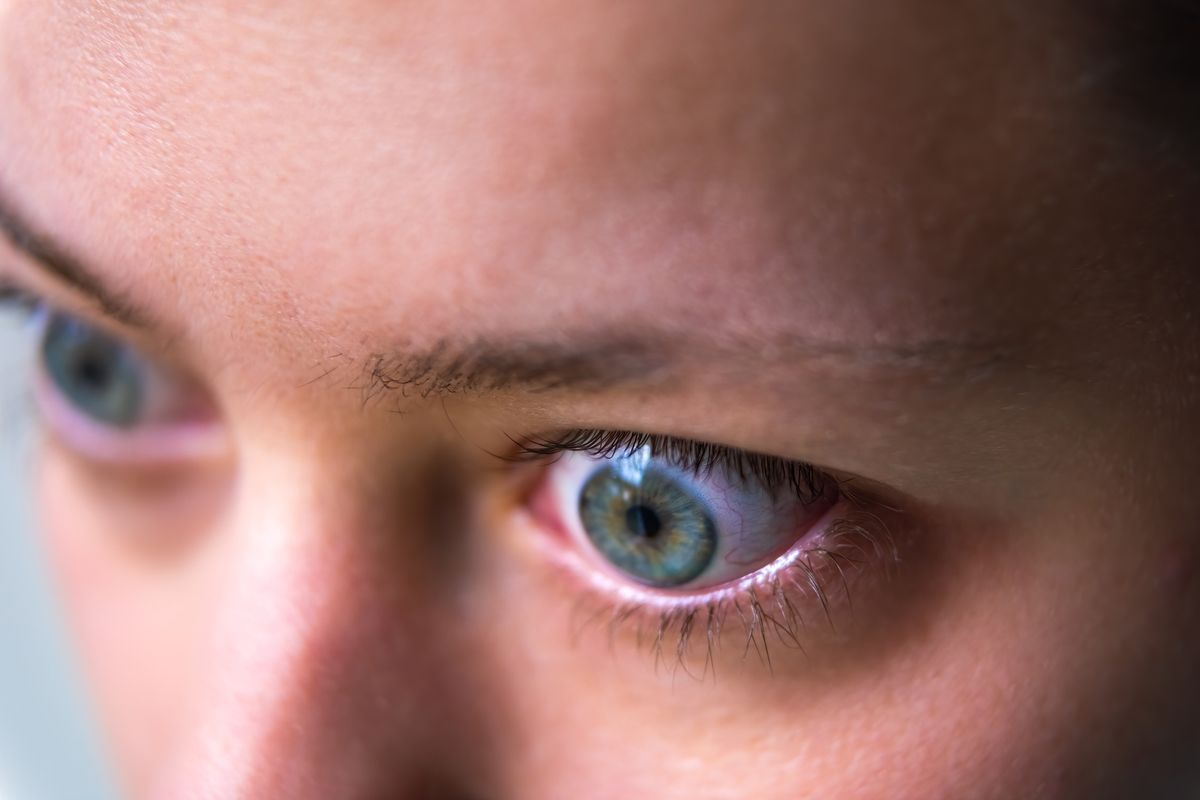
Wagner's Disease, also known as Wagner Syndrome, is a rare genetic disorder that primarily affects the eyes. Characterized by progressive vision loss, this condition can lead to severe visual impairment or even blindness. Symptoms often start in childhood or early adulthood, making early diagnosis crucial. Caused by mutations in the VCAN gene, Wagner's Disease impacts the vitreous, the clear gel that fills the eye. Understanding this condition involves recognizing its symptoms, genetic basis, and available treatments. Whether you're a patient, caregiver, or simply curious, learning about Wagner's Disease can help you navigate its challenges more effectively. Let's dive into 42 essential facts about this rare but impactful condition.
Key Takeaways:
- Wagner's Disease is a rare genetic disorder that affects the eyes, causing progressive vision loss. Early diagnosis and regular eye exams are crucial for managing the condition effectively.
- While there is no cure for Wagner's Disease, treatments like cataract surgery and genetic research offer hope for managing symptoms and improving quality of life. Regular follow-ups with an ophthalmologist are essential.
What is Wagner's Disease?
Wagner's Disease, also known as Wagner Syndrome, is a rare genetic disorder that primarily affects the eyes. It can lead to progressive vision loss and other complications. Here are some intriguing facts about this condition.
- Wagner's Disease is named after Hans Wagner, the Swiss ophthalmologist who first described it in 1938.
- It is a hereditary condition, passed down through families in an autosomal dominant pattern.
- The disease is caused by mutations in the VCAN gene, which plays a crucial role in the structure of the eye's vitreous body.
- Symptoms usually begin in childhood or early adulthood, often starting with night blindness.
- Patients may experience progressive vision loss due to retinal detachment or other complications.
- Cataracts are a common feature, often developing at an early age in those affected.
- The disease can also cause abnormalities in the vitreous humor, the gel-like substance filling the eye.
- Some patients may develop glaucoma, a condition characterized by increased pressure within the eye.
- Retinal degeneration is another hallmark of Wagner's Disease, leading to further vision impairment.
- The condition can be diagnosed through genetic testing, which identifies mutations in the VCAN gene.
Symptoms and Diagnosis
Understanding the symptoms and how Wagner's Disease is diagnosed can help in managing the condition effectively.
- Early symptoms include difficulty seeing in low light and night blindness.
- As the disease progresses, patients may notice floaters or flashes of light in their vision.
- Visual acuity can decline over time, making it harder to perform daily activities.
- Regular eye exams are crucial for early detection and management of the disease.
- Optical coherence tomography (OCT) can be used to visualize the retina and vitreous humor.
- Fluorescein angiography is another diagnostic tool that helps in assessing retinal blood flow.
- Genetic counseling is recommended for families with a history of Wagner's Disease.
- Early diagnosis can help in planning appropriate interventions to preserve vision.
- Some patients may require surgical procedures to address complications like retinal detachment.
- Regular follow-ups with an ophthalmologist are essential for monitoring disease progression.
Treatment and Management
While there is no cure for Wagner's Disease, various treatments can help manage symptoms and improve quality of life.
- Cataract surgery can restore vision in patients who develop cataracts.
- Laser therapy may be used to treat retinal tears or detachments.
- Anti-VEGF injections can help manage complications like macular edema.
- Glaucoma medications may be prescribed to reduce intraocular pressure.
- Vitrectomy, a surgical procedure to remove the vitreous humor, can be beneficial in some cases.
- Low vision aids, such as magnifying glasses or special lighting, can help patients with vision impairment.
- Genetic research is ongoing to find new treatments and potential cures for Wagner's Disease.
- Patients are encouraged to maintain a healthy lifestyle to support overall eye health.
- Regular exercise and a balanced diet can contribute to better management of the condition.
- Support groups and counseling can provide emotional support for patients and their families.
Genetic Aspects
The genetic basis of Wagner's Disease offers insights into its inheritance and potential future treatments.
- The VCAN gene mutation affects the production of versican, a protein essential for eye structure.
- Autosomal dominant inheritance means only one copy of the mutated gene is needed to cause the disease.
- Each child of an affected parent has a 50% chance of inheriting the condition.
- Genetic testing can identify carriers of the VCAN mutation, even if they do not show symptoms.
- Prenatal testing is available for families with a known history of Wagner's Disease.
- Researchers are exploring gene therapy as a potential treatment option.
- Understanding the genetic basis can lead to personalized medicine approaches for managing the disease.
- Genetic counseling helps families understand the risks and implications of the condition.
- Advances in genetic research may one day lead to a cure for Wagner's Disease.
- Collaboration between geneticists and ophthalmologists is crucial for comprehensive care.
Living with Wagner's Disease
Living with Wagner's Disease can be challenging, but with the right support and resources, patients can lead fulfilling lives.
- Early intervention and regular monitoring are key to managing the condition effectively.
- Patients should stay informed about new research and treatment options to make the best decisions for their care.
Key Points to Remember
Wagner's Disease, a rare genetic disorder, affects the eyes and can lead to vision loss. Knowing the symptoms like night blindness, floaters, and peripheral vision loss can help in early diagnosis. Genetic testing confirms the condition, and while there's no cure, treatments like vitrectomy and laser therapy can manage symptoms. Regular eye exams are crucial for those with a family history of Wagner's Disease.
Staying informed about the latest research and treatment options can make a big difference. Support groups and counseling can also provide emotional support for patients and families. Understanding this condition helps in managing it better and improving the quality of life.
Remember, early detection and proactive management are key. If you suspect any symptoms, consult an eye specialist promptly. Stay vigilant, stay informed, and take charge of your eye health.
Frequently Asked Questions
Was this page helpful?
Our commitment to delivering trustworthy and engaging content is at the heart of what we do. Each fact on our site is contributed by real users like you, bringing a wealth of diverse insights and information. To ensure the highest standards of accuracy and reliability, our dedicated editors meticulously review each submission. This process guarantees that the facts we share are not only fascinating but also credible. Trust in our commitment to quality and authenticity as you explore and learn with us.


